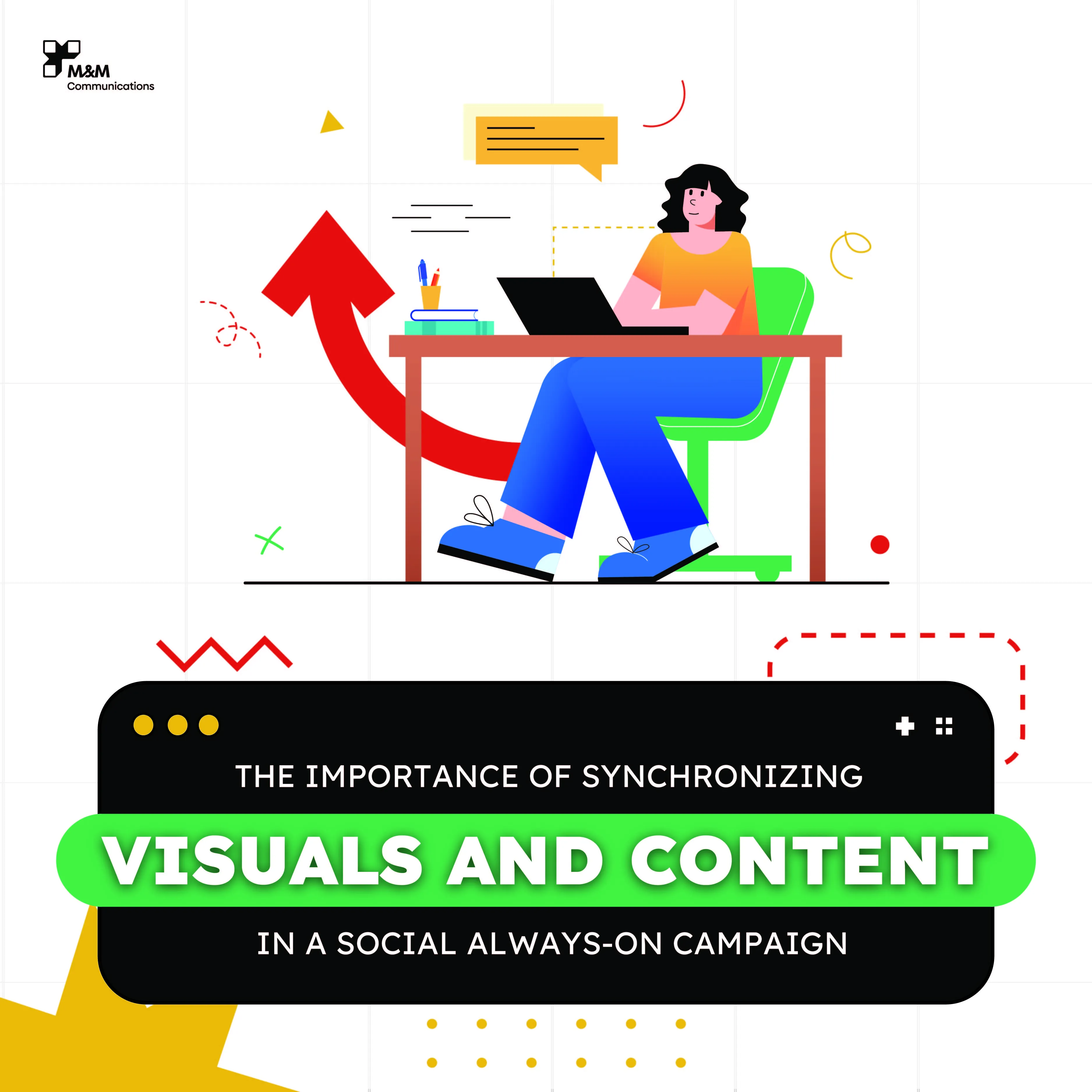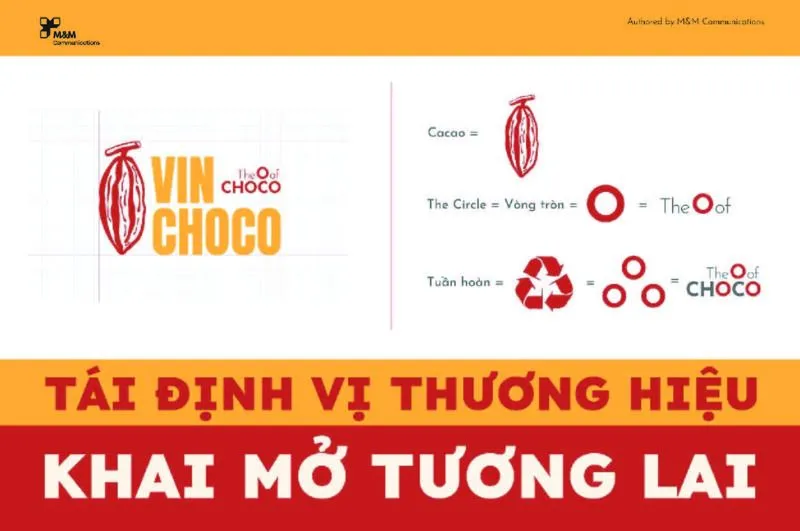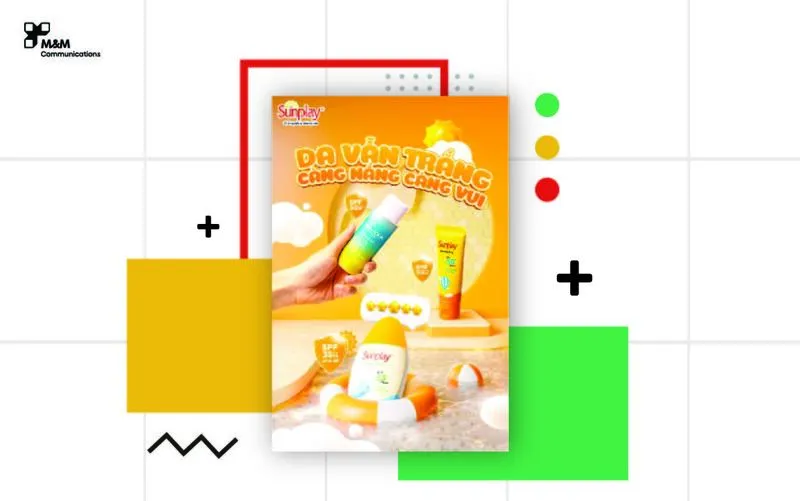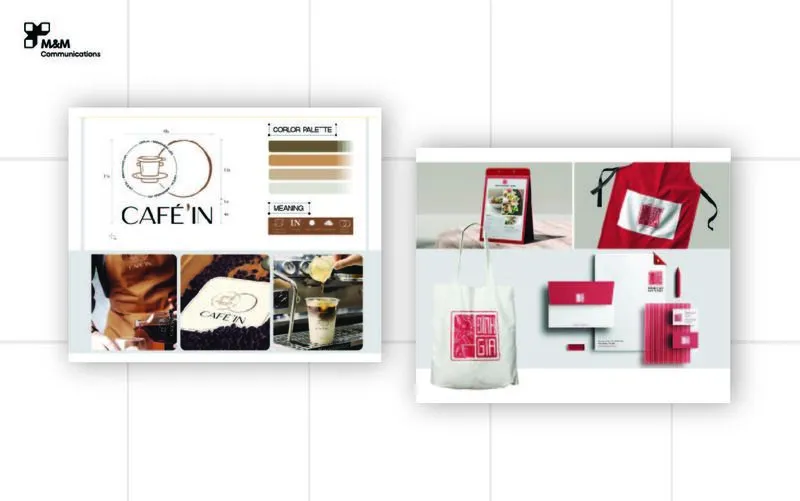
In today's digital era, maintaining a constant presence on social media platforms is no longer optional—it has become essential for brands to survive and thrive. However, simply posting regularly is not enough. To make a social always-on strategy truly effective, both visuals and content need to be synchronized consistently, creating a more cohesive and engaging experience for customers. But why is synchronization between visuals and content so important? Let’s explore with M&M Communications!
1. Defining Visual and Content Synchronization

Visual and content synchronization refers to ensuring that both elements work harmoniously and consistently, from the messaging to the style, colors, and emotions that the brand wants to convey. A successful campaign doesn't just rely on good content or beautiful visuals; both must complement each other, creating a seamless and persuasive experience for the audience.
2. The Importance of Visual and Content Synchronization
a. Enhances Brand Recognition
When visuals and content are synchronized, the brand can create a stronger sense of recognition. Users will easily remember the brand when all elements—from fonts, colors, logos to the style of messaging—are consistent across posts. This not only helps build trust but also reinforces the brand image in the customer’s mind.
b. Effectively Communicates Messages

Synchronized visuals and content not only help deliver the message more clearly but also create emotional resonance with viewers. For instance, a beauty product campaign should not only convey messages of beauty and confidence but also use subtle, elegant images and colors that align with the beauty industry’s aesthetics. When the visuals and message work perfectly together, they leave a stronger impact on the audience.
c. Increases Engagement Rates
The synchronization of visuals and content helps create a sense of professionalism and trust, which directly boosts customer engagement. When users enjoy and appreciate the quality of each post, they are more likely to comment, share, and stay connected with the brand. Eye-catching visuals combined with compelling messages can spark customer emotions and drive action.
d. Optimizes User Experience
User experience is a key factor in any social media campaign. When content and visuals are not aligned, customers may feel overwhelmed or unclear about the core message, leading to a loss of interest. Conversely, a strategy that maintains consistent synchronization between content and visuals ensures that customers feel comfortable, engaged, and can easily understand the brand's message.
>>> Why Is Consistent Content The Key To A Social Always-On Strategy?
3. How to Synchronize Visuals and Content in a Social Always-On Campaign
To achieve perfect synchronization between visuals and content, brands need to focus on a few key factors:
a. Establish a Clear Brand Identity

A clear brand identity is the foundation for all communication elements. This includes logos, fonts, primary colors, and visual style. Make sure that every social media post adheres to these brand identity guidelines, ensuring consistency and recognizability across all platforms.
b. Close Collaboration Between Design and Content Teams
Effective synchronization requires tight collaboration between design and content teams. When planning content for a campaign, both teams should discuss and brainstorm together from the beginning. This ensures that both content and visuals are aligned toward the same goals and messages, avoiding any disconnect between the two.
c. Smartly Adapting to New Trends
Social media is constantly evolving with new trends, from content formats to visual styles. Brands should leverage these trends, but in a way that doesn’t compromise overall campaign synchronization. For example, using a new filter on Instagram Stories might increase engagement, but ensure it still aligns with the brand’s identity.
d. Use Content Management Tools

Tools like Trello, Asana, or Hootsuite can help you plan and monitor the synchronization of visuals and content across social media platforms effectively. These tools not only help you schedule posts but also ensure that all elements are well-prepared and consistent.
e. Continuously Monitor and Adjust
No campaign is perfect from the start. To ensure synchronization is as effective as possible, brands should continuously monitor customer feedback and engagement metrics to make adjustments when necessary. Listen to user feedback to determine whether they truly feel the harmony between visuals and content.
4. Successful Examples of Visual and Content Synchronization

Many brands have successfully synchronized visuals and content, contributing to the success of their social media always-on campaigns. One standout example is Apple. They not only stand out with sleek, modern visuals but also pair them with messages that convey creativity and innovation in every product. This combination not only enhances brand value but also creates a holistic experience for customers.
Another example is Nike with their famous “Just Do It” campaign. In addition to a powerful message, Nike uses inspiring athlete images to embody the spirit of overcoming limits. This synchronization helps Nike maintain a strong connection with customers worldwide.
Conclusion
Synchronizing visuals and content in a social always-on campaign is a crucial factor in helping brands maintain a strong and consistent presence. When visuals and content work harmoniously, they not only enhance brand recognition but also effectively convey messages and create emotional connections with customers. Brands need to invest in this synchronization to build a powerful and sustainable social media strategy.
>>> Build a High-Quality Social Always-on Strategy with M&M Communications






